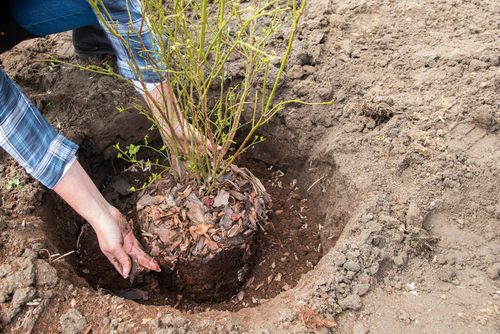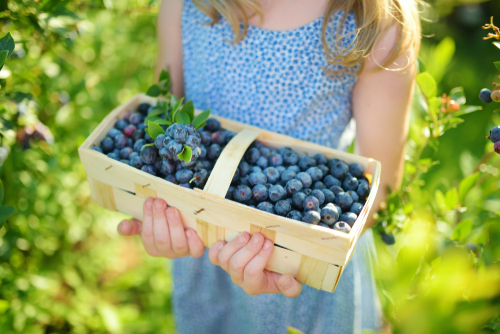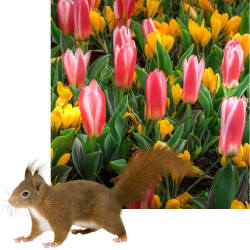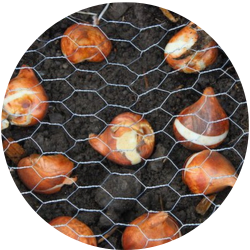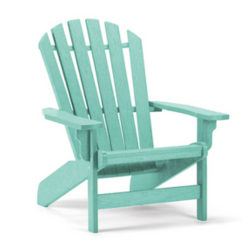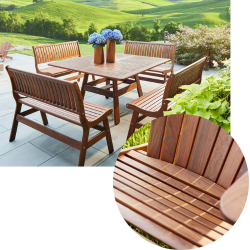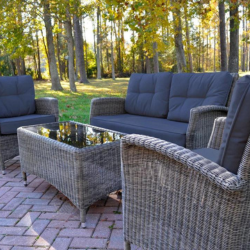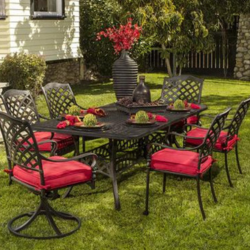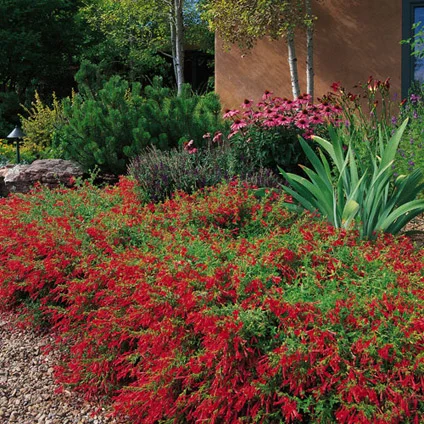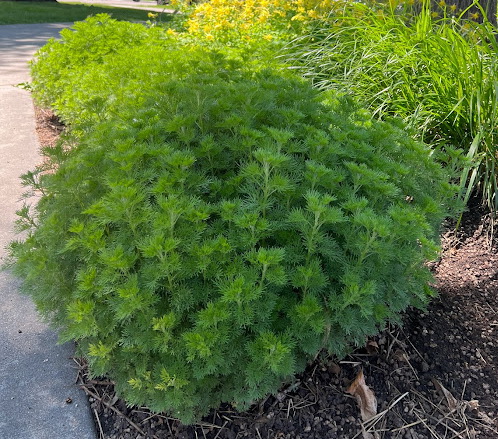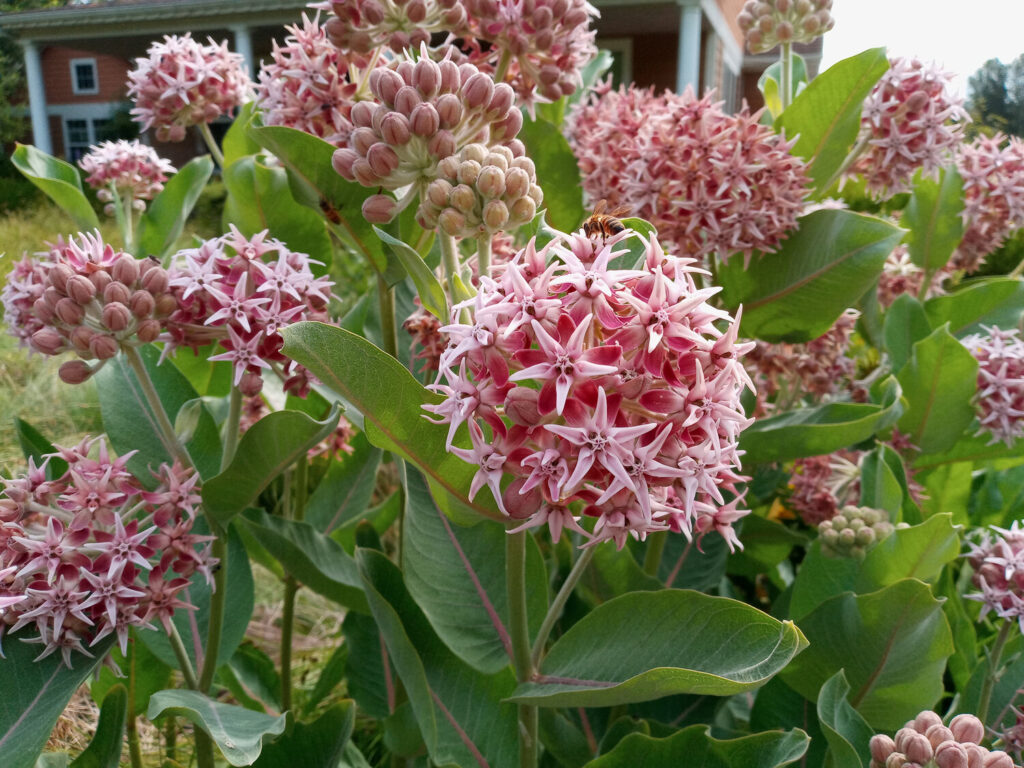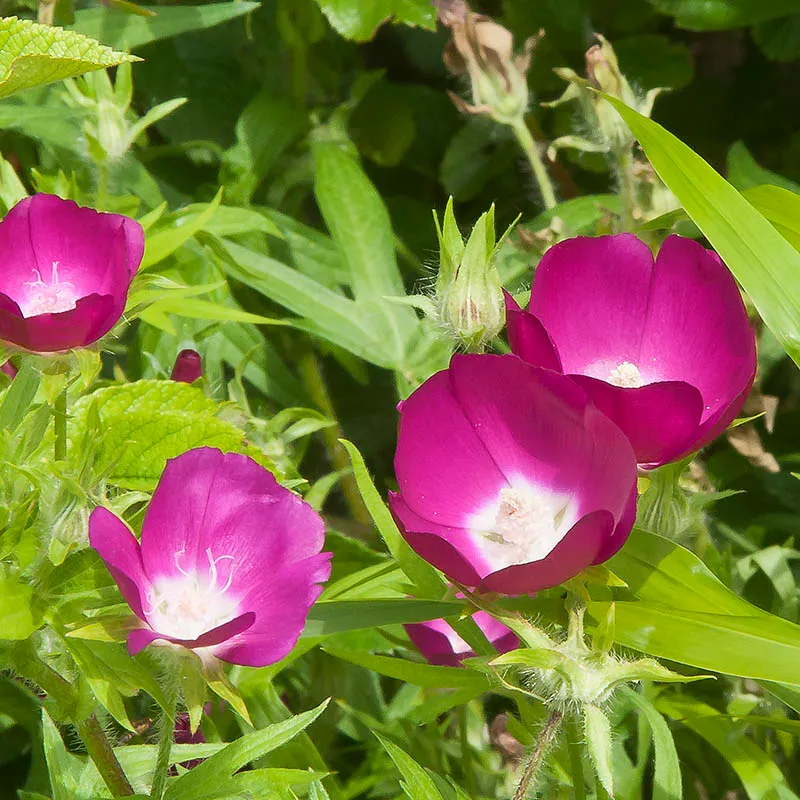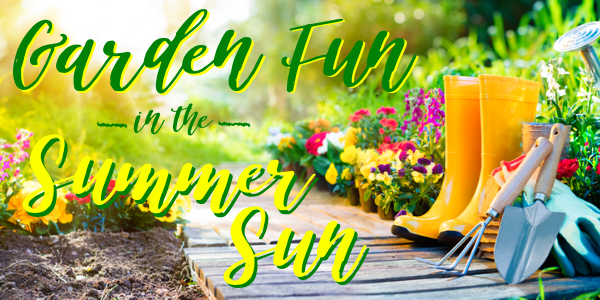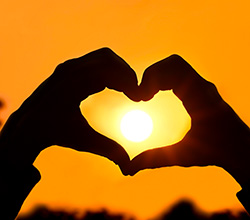When it comes to fall gardening, no plant is more iconic than the garden mum. With their mounded shape, abundant blooms, and rich colors — from deep burgundy to gold, bronze, orange, and creamy white — mums bring the essence of the season to patios, porches, and garden beds. They’re beloved for their versatility and long-lasting color, making them a staple of autumn decorating.
Choosing the Best Mums
When shopping for mums, look for plants that are full and well-branched with plenty of buds just beginning to show color.

A plant loaded with tightly closed buds will last longer into the season, giving you weeks of blooms to enjoy. Be sure the foliage looks healthy and green, and avoid plants that are rootbound or appear wilted. At our garden center, our mums are grown right here on-site with plenty of space, which means they’re bigger, bushier, and fresher than trucked-in plants.
Caring for Mums in the Autumn Garden
Mums are cool-weather lovers, so they thrive as nights get crisp. Place them in a sunny spot, whether in containers or directly in your garden beds. Keep the soil consistently moist, but not soggy, and be mindful that pots may dry out more quickly than plants in the ground. Deadheading spent blooms and removing faded flowers will encourage fresh ones to open. With just a little care, your mums will continue to shine throughout the season.
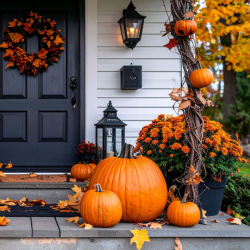
Decorating with Mums
Garden mums pair beautifully with pumpkins, gourds, cornstalks, and straw bales, making them the perfect finishing touch for autumn displays.
Use them in decorative pots on your porch, cluster them at your entryway for a cheerful welcome, or plant them alongside ornamental grasses and fall pansies for a vibrant seasonal bed. Their bold colors and full blooms bring warmth and charm to any space, instantly creating that cozy fall feeling. It just wouldn’t be autumn without them!

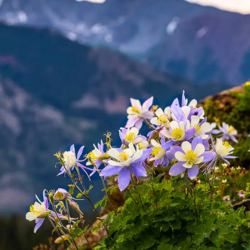



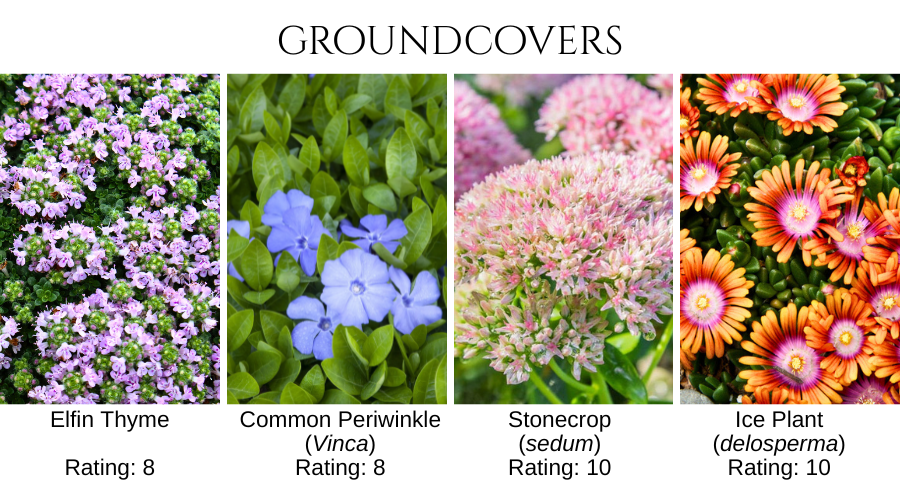
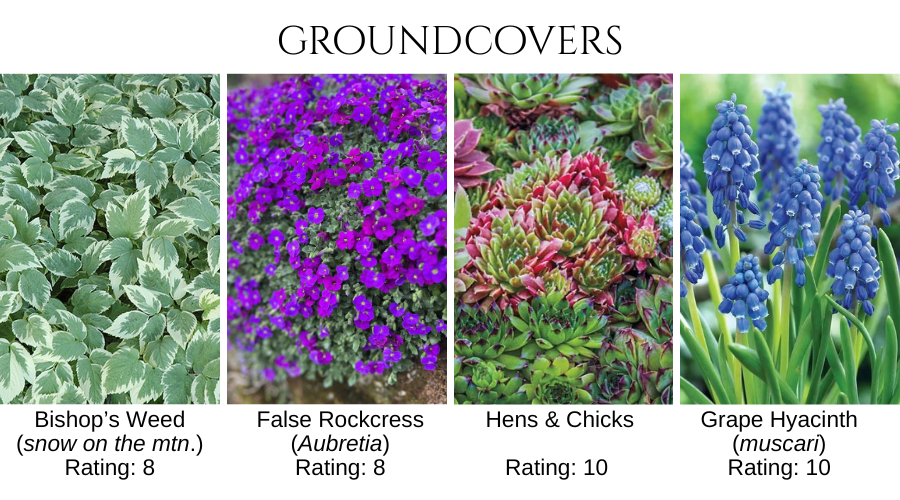
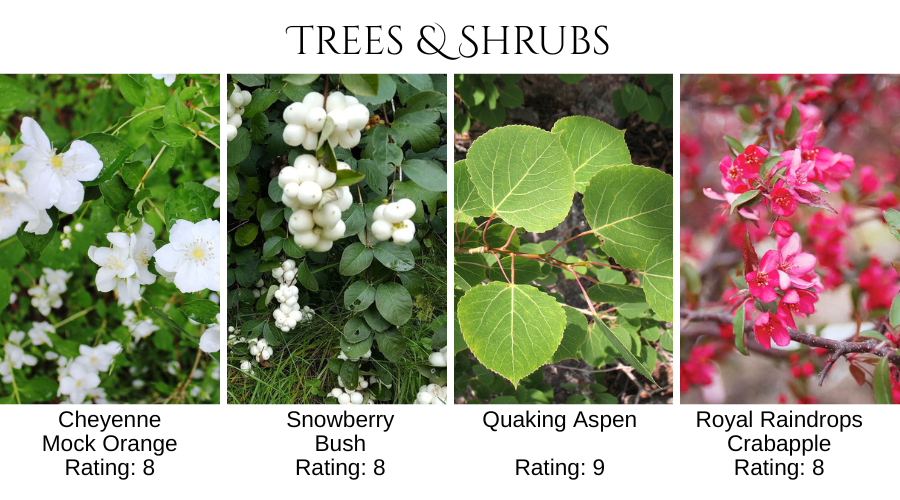
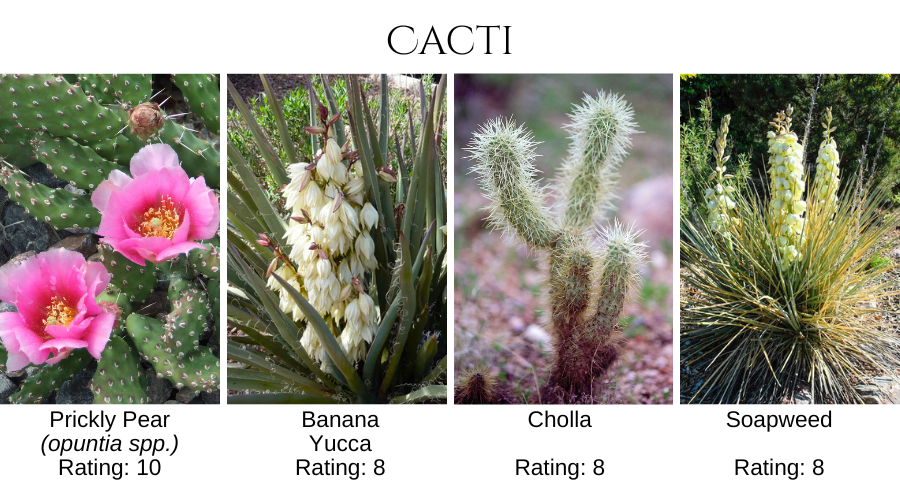

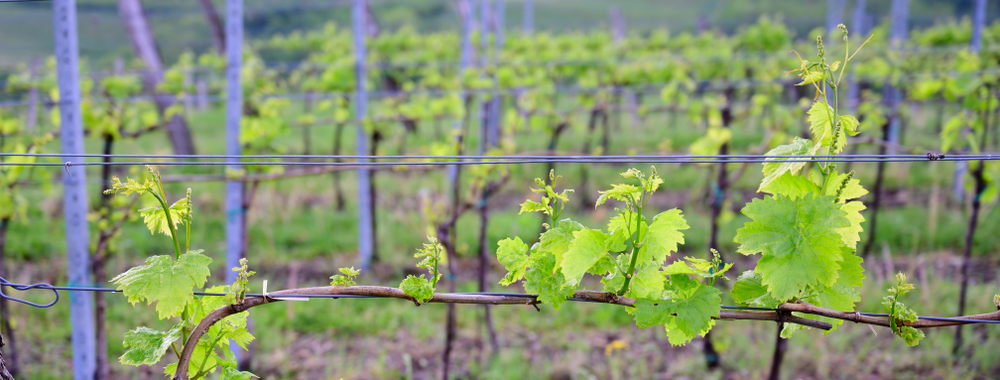
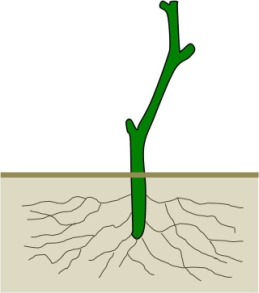 Image provided by CSU extension
Image provided by CSU extension Image provided by CSU extension
Image provided by CSU extension Image provided by CSU extension
Image provided by CSU extension Image provided by CSU extension
Image provided by CSU extension
